Mont-Saint-Michel and Chartres
Mont-Saint-Michel and Chartres
The deepest value of Mont-Saint-Michel and Chartres, its importance as a revelation of the eternal glory of mediaeval art and the elements that brought it into being is not lightly to be expressed. To every artist, whatever his chosen form of expression, it must appear unique and invaluable, and to none more than the architect, who, familiar at last with its beauties, its power, and its teaching force, can only applaud the action of the American Institute of Architects in making Mr. Adams an Honorary Member, as one who has rendered distinguished services to the art, and voice his gratitude that it has brought the book within his reach and given it publicity before the world. (With an introduction by Ralph Adams Cram.)
Book Excerpt
stayed. For a hundred and fifty years, until 1204, Normandy and England were united; the Norman peasant went freely to England with his lord, spiritual or temporal; the Norman woman, a very capable person, followed her husband or her parents; Normans held nearly all the English fiefs; filled the English Church; crowded the English Court; created the English law; and we know that French was still currently spoken in England as late as 1400, or thereabouts, "After the scole of Stratford atte bowe." The aristocratic Norman names still survive in part, and if we look up their origin here we shall generally find them in villages so remote and insignificant that their place can hardly be found on any ordinary map; but the common people had no surnames, and cannot be traced, although for every noble whose name or blood survived in England or in Normandy, we must reckon hundreds of peasants. Since the generation which followed William to England in 1066, we can reckon twenty-eight or thirty from father to son, and,
Editor's choice
(view all)Popular books in Religion, History
Readers reviews
0.0
LoginSign up
Be the first to review this book
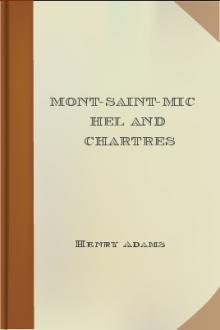
 Free Download
Free Download











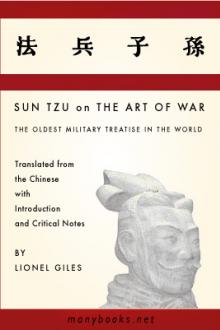

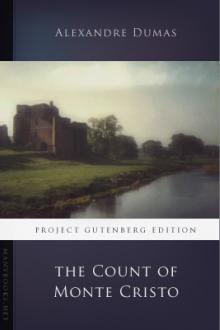
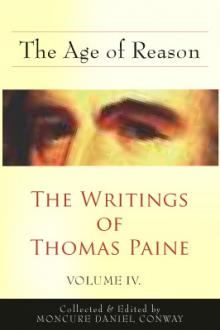
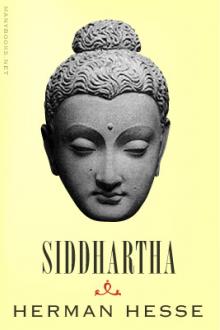
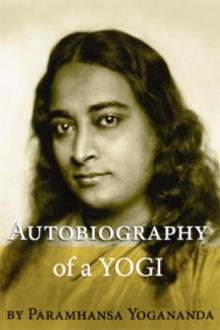
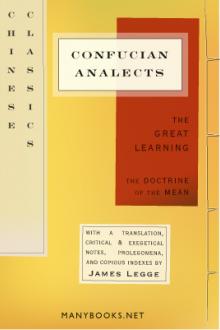
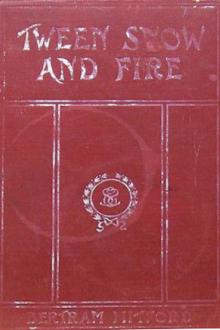
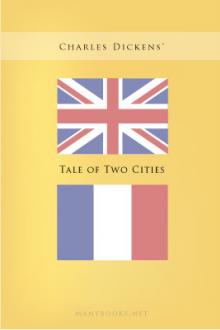
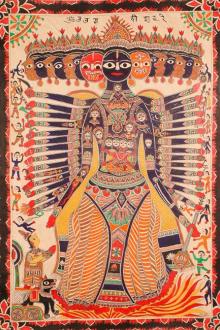
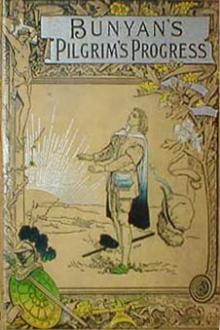


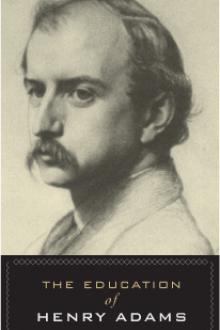
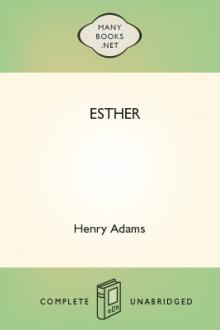
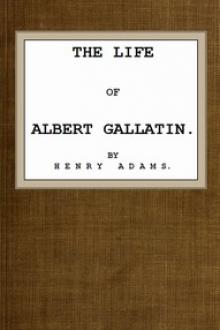
-itok=vcKIB5v1.jpg)